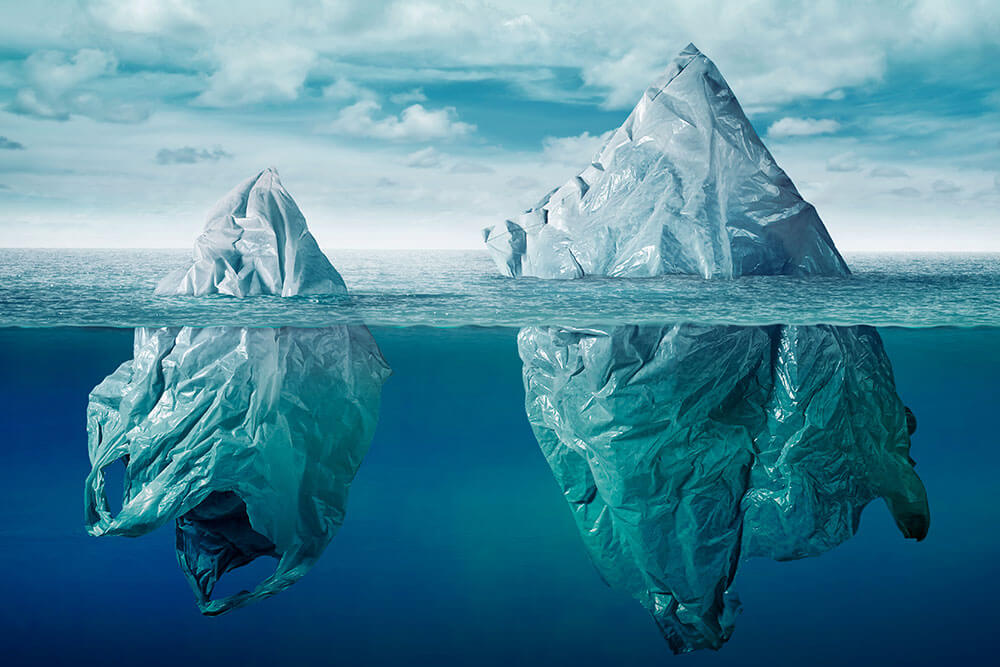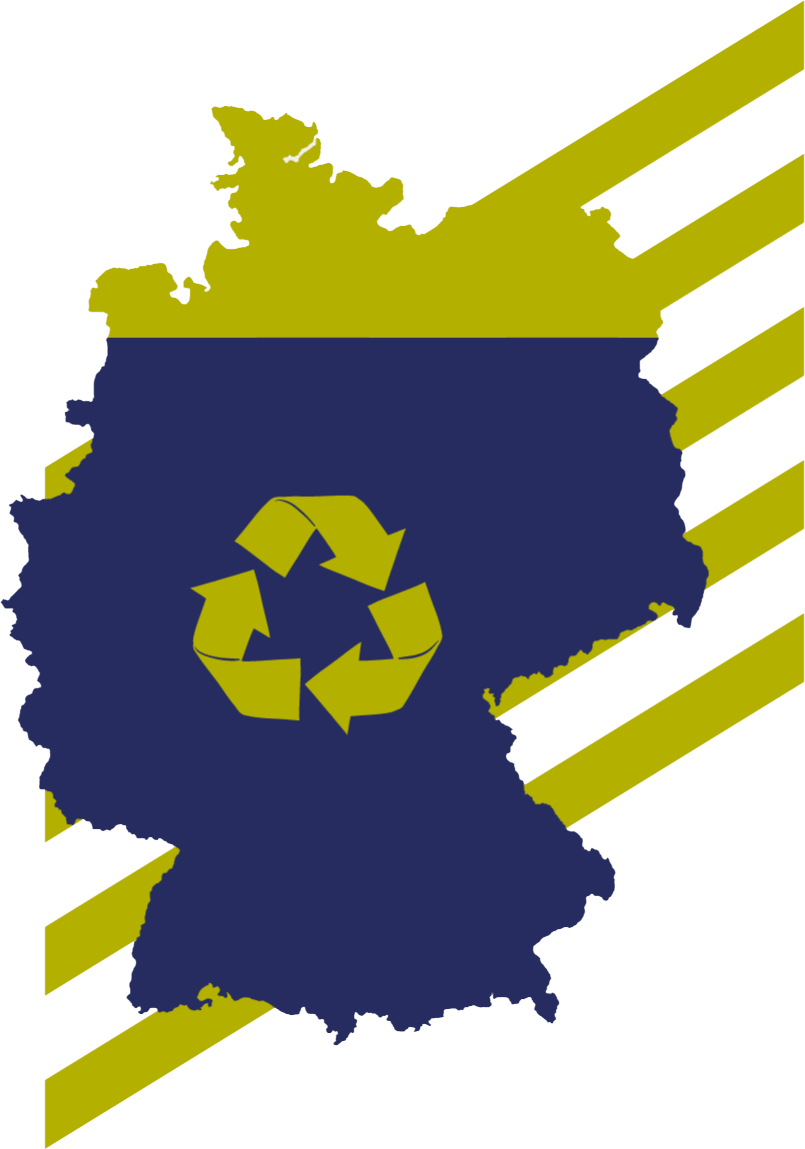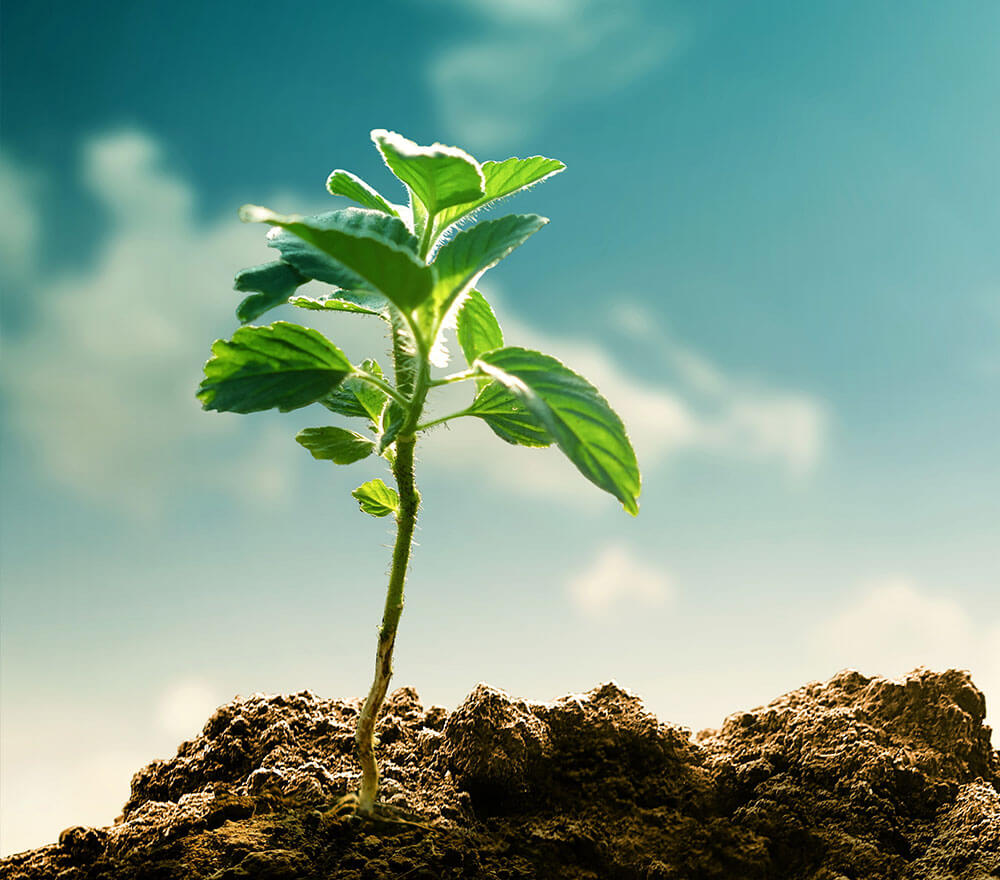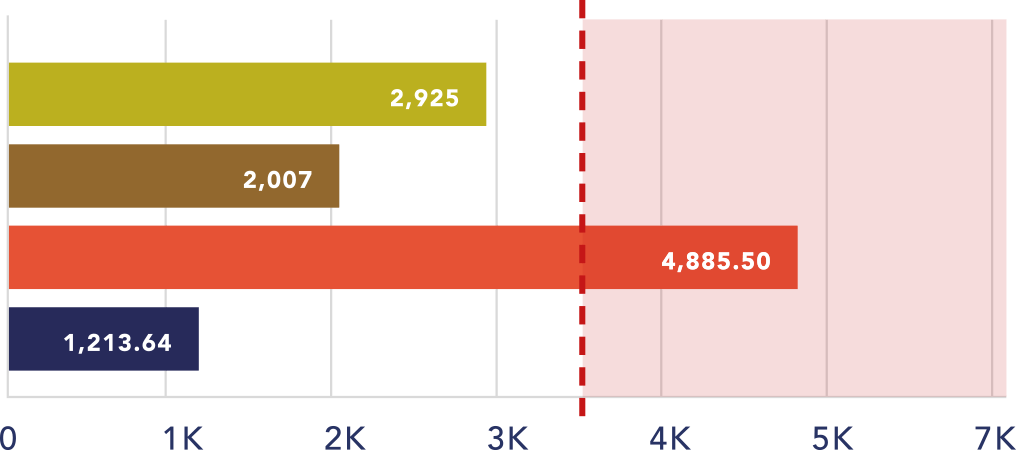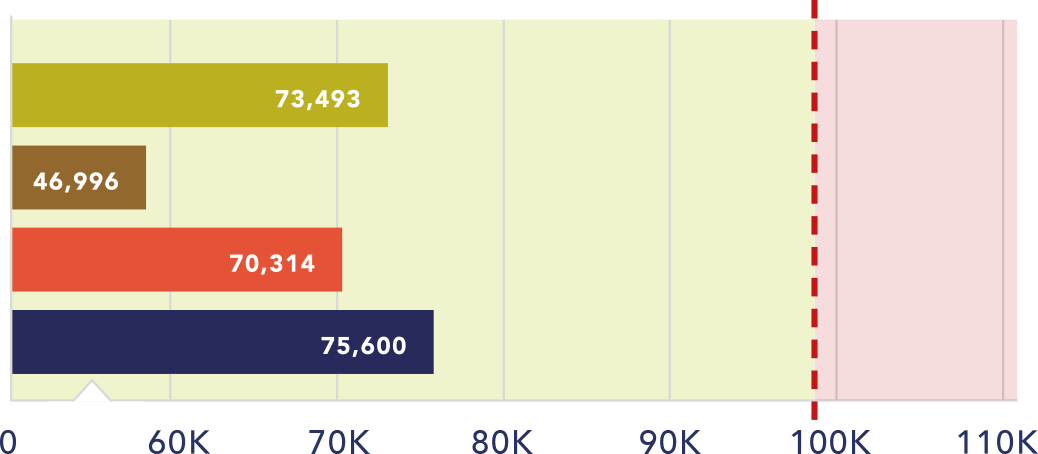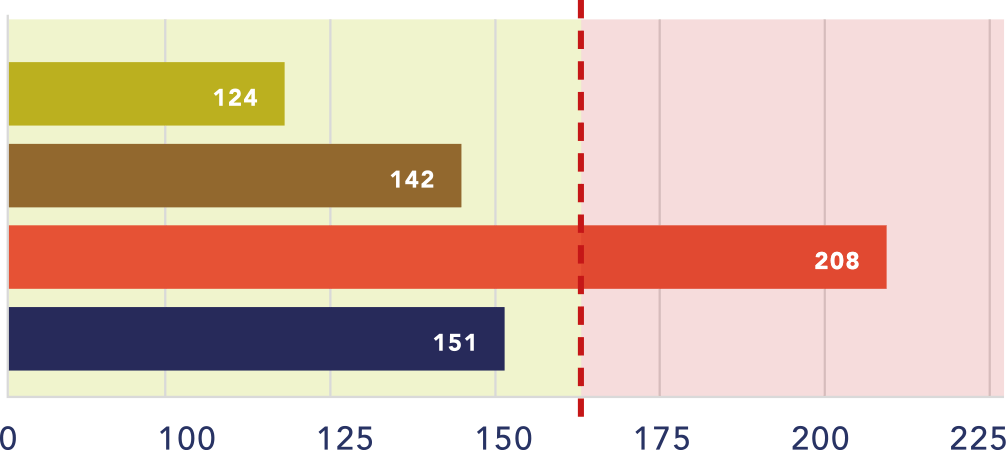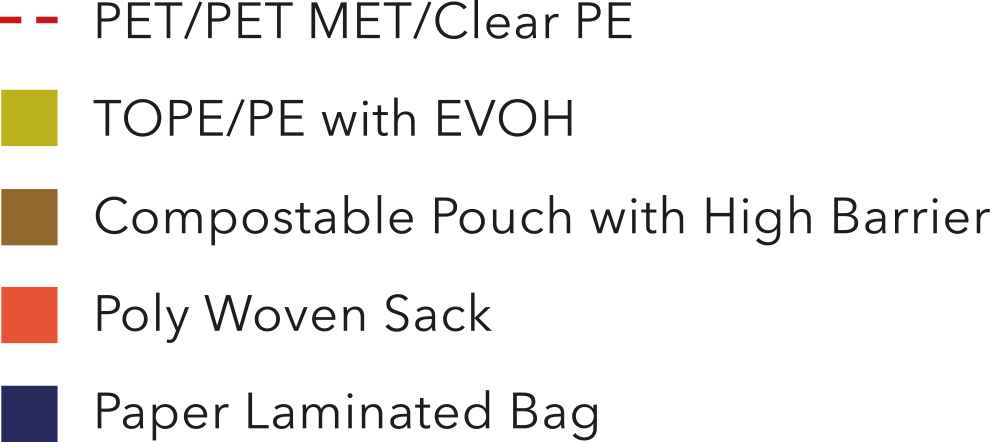Benefits
Contamination is not just about what happens with the packaging after use, it is also about what materials are used to produce the packaging, and the amount of energy and natural resources that are required to produce the packaging in the first place.
Flexible packaging
Flexible packaging offers clear advantages over other formats, such as cardboard boxes, glass jars and bottles, and rigid plastic containers. It’s biggest attribute is the weight savings achieved when compared with other formats.
As an example, a truckload of glass containers contains approximately 50% packaging whereas the same product by volume in flexible pouches contains approximately 6% packaging. If a product can be supplied using flexible pouches instead of glass jars then for every truckload of jars, the supplier could deliver eight trucks of pouches, with the resultant large reduction in carbon footprint.
Studies carried out in Germany have indicated that were packaging produced from entirely flexible materials, up to 75% less material would enter the waste stream.
Whilst paper is seen by many as an environmentally acceptable form of packaging compared with plastic, there are serious issues around the energy consumption and pollution levels associated with the manufacture of paper.
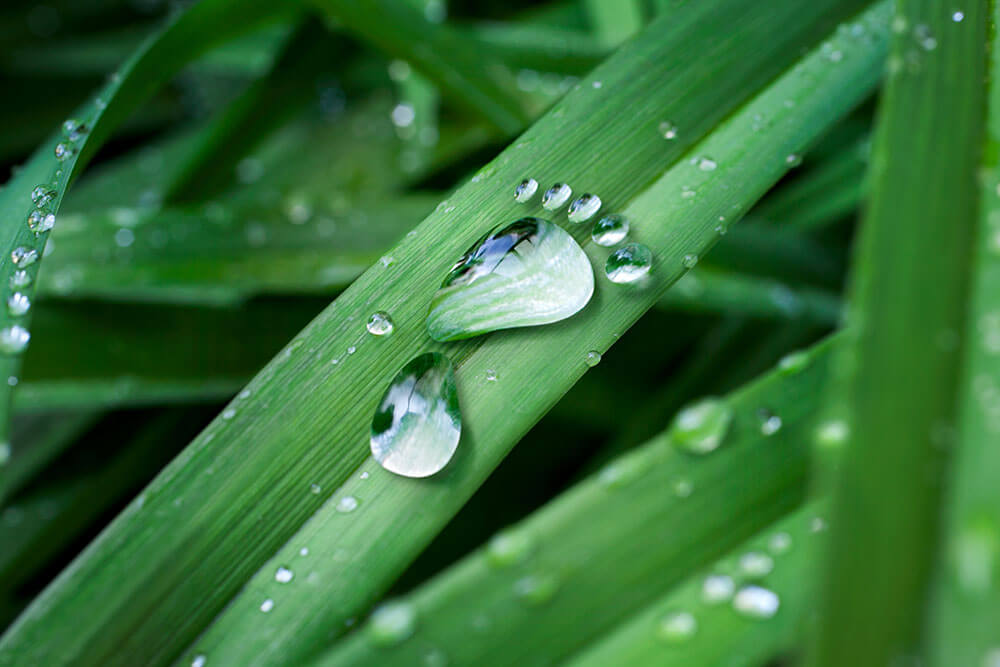
Flexible packaging
Flexible packaging offers clear advantages over other formats, such as cardboard boxes, glass jars and bottles, and rigid plastic containers. It’s biggest attribute is the weight savings achieved when compared with other formats.
As an example, a truckload of glass containers contains approximately 50% packaging whereas the same product by volume in flexible pouches contains approximately 6% packaging. If a product can be supplied using flexible pouches instead of glass jars then for every truckload of jars, the supplier could deliver eight trucks of pouches, with the resultant large reduction in carbon footprint.
Studies carried out in Germany have indicated that were packaging produced from entirely flexible materials, up to 75% less material would enter the waste stream.
Whilst paper is seen by many as an environmentally acceptable form of packaging compared with plastic, there are serious issues around the energy consumption and pollution levels associated with the manufacture of paper.

